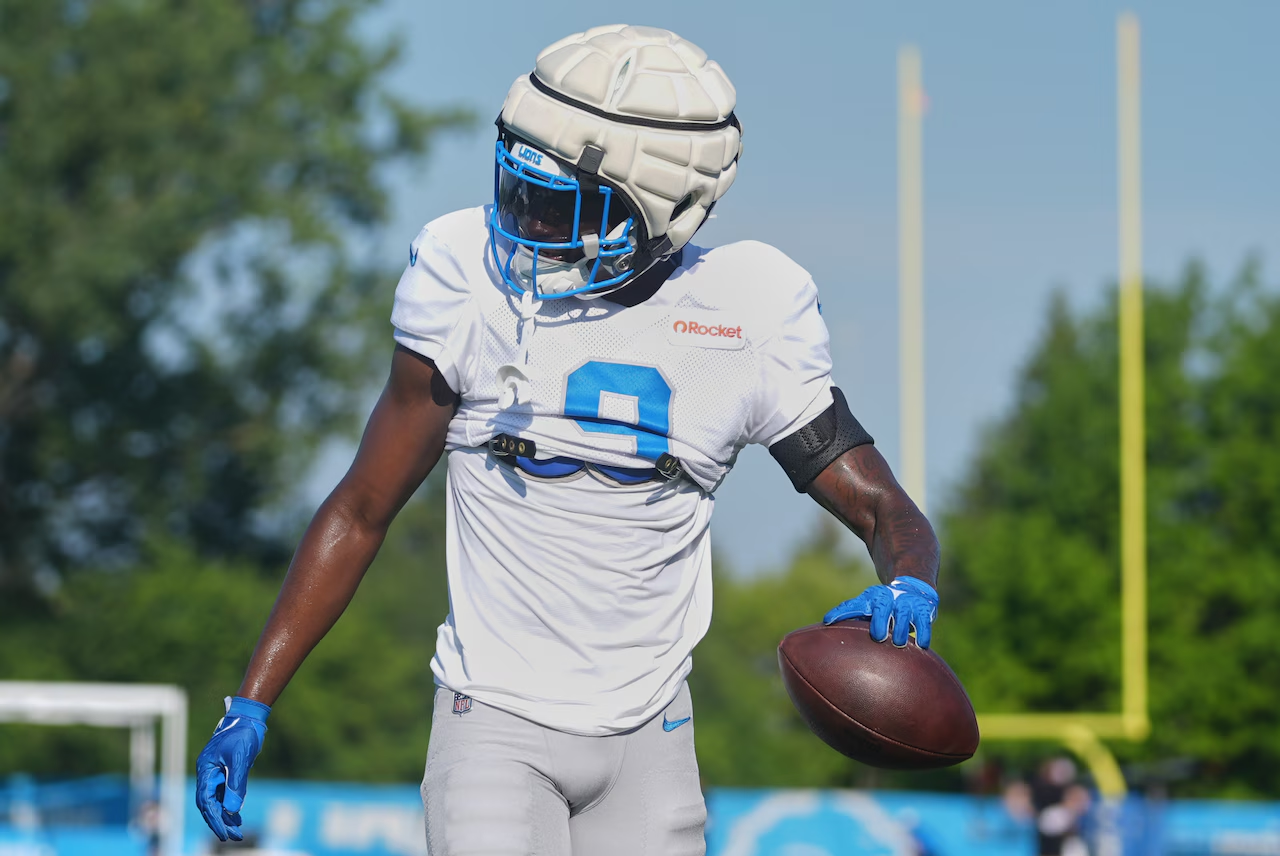The Detroit Lions received some tough news recently as cornerback Ennis Rakestraw was ruled out for the entire upcoming NFL season due to a significant shoulder injury. The young defensive back, who was a promising second-round pick last year, underwent surgery on his injured shoulder, which he suffered during training camp. This development means the Lions will have to adjust their defensive backfield plans without Rakestraw’s presence for the entire year.
The injury was a major blow to both Rakestraw and the Lions’ coaching staff, especially considering the potential he showed during his rookie season. After the injury was confirmed, the team promptly placed him on injured reserve, officially ending his season before it even began. The decision to put Rakestraw on IR was announced shortly after he shared an emotional post on social media. The cornerback posted a heartfelt message alongside a photo of himself heading into surgery, revealing his emotional state and determination to come back stronger.
Rakestraw’s journey to this point has been one marked by hard work and promise. Selected in the second round of last year’s NFL Draft, he was expected to make an immediate impact in Detroit’s secondary. His physicality, speed, and ability to read the game made him a valuable asset on the field. However, the injury suffered in training camp has unfortunately stalled his progression and forced him to focus on recovery instead of competing this season.
Shoulder injuries are particularly challenging for defensive backs, who rely heavily on upper body strength and flexibility for tackling, coverage, and battling receivers. Surgery, while necessary to fully repair the damage, comes with a lengthy rehabilitation process. The Lions’ medical and training staff will be working closely with Rakestraw over the coming months to ensure he has the best chance of a full recovery.
From a team perspective, losing a player of Rakestraw’s caliber is a significant setback. The Lions had hoped he would be a key contributor in their defensive scheme this season, helping to shut down opposing offenses and provide veteran leadership alongside other secondary players. With his absence confirmed, the coaching staff must now look to other corners on the roster to step up and fill the void. This situation could also open the door for rookies or free-agent signings to get more snaps and prove themselves on the field.
On a personal level, Rakestraw’s social media post provided fans a glimpse into his mindset. Despite the disappointment of the injury and the uncertainty about his immediate future, his message was filled with resolve and positivity. He thanked supporters for their encouragement and vowed to use this downtime to come back stronger, emphasizing his commitment to rehab and his passion for the game. His openness and vulnerability resonated with fans and teammates alike, showing the human side of professional athletes facing adversity.
The road ahead will undoubtedly be challenging for Ennis Rakestraw, but his work ethic and mental toughness suggest he can overcome this hurdle. The Lions organization remains optimistic that once fully healed, he will return to the field ready to contribute at a high level once again.
In summary, the Detroit Lions’ cornerback Ennis Rakestraw’s season-ending shoulder surgery is a tough setback for the team and the player. After suffering the injury in training camp, Rakestraw’s surgery and placement on injured reserve end his 2025 campaign before it begins. The Lions will need to adapt defensively, while Rakestraw focuses on recovery with hopes of returning stronger in the future. Fans and teammates are rallying behind the young cornerback as he faces this challenge head-on, highlighting the resilience needed to bounce back from injury in professional sports.

